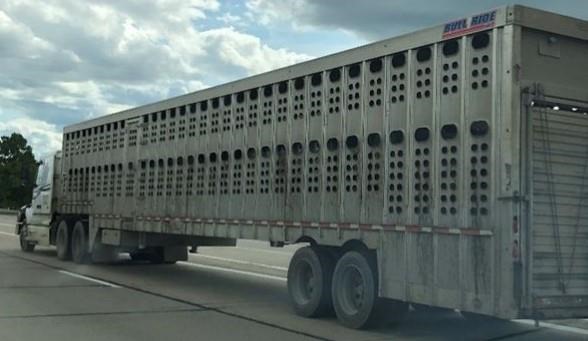By Paola Bacigalupo Sanguesa
Trailers of different sizes transport livestock on United States highways and roads every day. Like any moving vehicle, there is always a risk of accidents, regardless of the distance traveled. When an accident involving livestock occurs, the response required is quite different from an accident involving people. An important difference and a critical step is the set-up of a confinement area to contain the animals.

During and after a transportation accident, it is likely that both people and animals will experience distress. Because of their size and strength, large animals such as adult size cattle, pigs and horses can easily harm a person in any situation, and in a situation of distress, the risk of getting hurt is higher. An animal in distress can react with aggressive behaviors, sudden movements or by trying to escape. These behaviors represent a threat to the safety of first responders and members of the public who may be near the accident. Even animals that are not in distress pose safety risks: a loose animal that wanders off onto a road or highway might cause an accident or harm a bystander. Additionally, loose animals at an accident scene can interfere with the work of first responders.
Personnel assisting the accident should set a safe area in close proximity to the trailer where the animals can be released after they are extricated from the trailer. They should confine the animals there until they can be moved to another confinement area or loaded into a transportation trailer. The animal size and other characteristics must be considered when choosing the type of barrier to use in the perimeter of the confinement area. Any animals that were loose when the response crew arrives at the accident scene should be moved into the confinement area as soon as possible.
Michigan State University Extension recently launched an online course for first responders, law enforcement officers, animal control officers, livestock haulers, livestock producers, and animal agriculture professionals. The course has multiple modules that will provide the basic knowledge required to properly respond to an accident involving livestock, including the importance of animal confinement at an accident scene and other relevant topics such as safe animal handling techniques.
Source : msu.edu